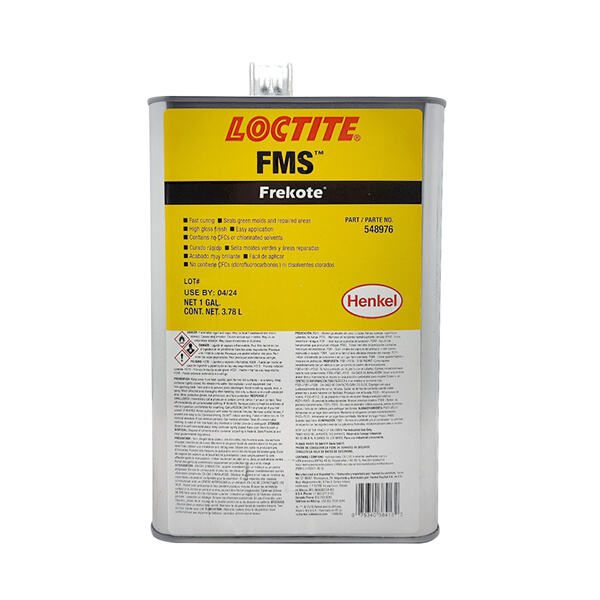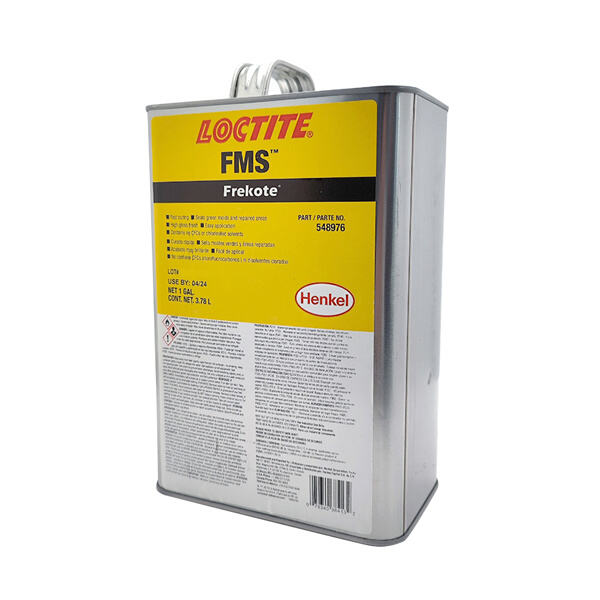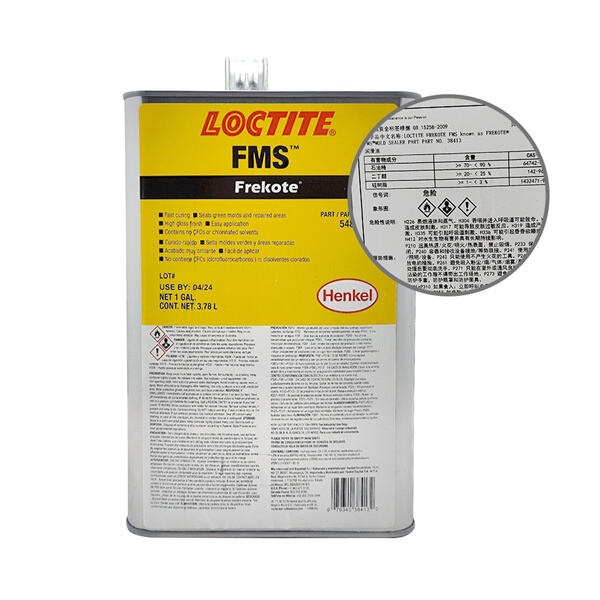Percobaan Abdi sareng Resin Mold Release-atanapi Kumaha Henteu Ngarusak Sadayana Anu Sampurna Anjeun
Casting résin ngamungkinkeun artis pikeun nyieun komponén recast stunningly lengkep, nu bisa dijieun kalawan akurasi visual héran dibéré téhnik séjén. Nanging, prosés demoulding sigana langkung penting pikeun kasuksésan tibatan tuang sorangan. Resin Kapang Release Produk - Ieu bakal meta salaku lem antara handap hambalan.
Tujuh - Top 5 Resin Kapang Release pikeun Sadaya Time Series
Petroleum Jelly - release kapang basajan tur kirang mahal nu gampang sadia. Artisans, nerapkeun biwir ipis ka luhureun kapang Anjeun atawa saukur sikat eta dina ngagunakeun cara irasional.
Lilin: Lilin mangrupa salah sahiji bahan casting nu pangmerenahna pikeun dua alesan, nya nyieun hiji panghalang halimunan on nu résin teu taat sarta ogé disebut salaku bahan pick munggaran tuang kalawan [...] Datang dina duanana sanyawa brushing ogé. formulasi nyemprot, pikeun betah pamakéan.
Silicone Mould Release Spray: Kalayan aplikasina anu gampang diterapkeun sareng kinerja anu langkung seueur, éta masihan palapis silikon anu biasa, seragam disemprot supados nalika dipisahkeun tina kapang paeh.
Grease: Greases mangrupakeun agén pelindung pikeun beungeut kapang sarta ngabogaan versatility kalawan loba bahan casting. Lamun anjeun geus rengse kalayan kapang jeung casting, éta bisa gampang dicukur kaluar.
Agen Pelepasan PVA: Agén pelepasan PVA mangrupikeun semprot atanapi digosok kana permukaan kapang pikeun ngaleungitkeun kualitas résin silikon, epoksi sareng poliuretan anu cekap.
Kumaha Gancangna Résin Pelepasan Kapang - Sababaraha Tip Dasar 2020
Megatkeun up éta kapang jeung casting mangrupakeun kuli cinta lamun datang ka beginners; Butuh sababaraha kaahlian. Sababaraha tips anjeun tiasa mikir ngeunaan make t gampang ngawengku.
Aplikasi konsisten: Lapisan kudu dilarapkeun merata kana beungeut kapang a tanpa ninggalkeun sagala spasi atawa surplus bahan sangkan bisa gampang dipisahkeun.
Résin kedah diidinan langkung seueur waktos pikeun ngubaran - sahenteuna 24 jam supados kuring tiasa kaluar tina kapang.
Upami kapang anjeun mangrupikeun jinis non-iteuk, éta tetep kedah dirawat kalayan agén pelepasan anu cocog pikeun nyegah nempel / ngaruksak.
C) GERAKAN LAMPU: Lalaunan ngagebahkeun kapang ti sisi ka tungtung anu nentang (arah panjang-wijaksana)- Ieu ngalir tuang ngan saeutik jauh tiMould.
Pakakas Plastik: Anggo alat plastik (atanapi silikon) - spatula khususna fléksibel sareng sirah anu melengkung sapertos kieu, sanés perkakas logam - pikeun ngabantosan proyék anjeun tina kapangna tanpa gaduh pertandingan gulat panangan.
Nyiapkeun: Teangan tempat bebas lebu ogé ventilated pikeun Résin Casting. DockStyletype
Pamilihan Bahan: Bahan mana anu dianggo dina kapang desain anjeun?
Lengkah 3: Siapkeun MoldApply Release AgentSpray kapang anjeun sareng ngantepkeun pelepasan garing sababaraha menit.
Lengkah 2) Résin Pergaulan: Paké guideline produsén pikeun Pergaulan résin leres
Lengkah 8 - Tuang Résin anjeun: Lalaunan tuang résin tina léngkah kana kapang anu anjeun damel.
Cure Time: résin kudu boga waktu pikeun sakabéhna cageur sakumaha per parentah produsén.

Léngkah pamungkas Flip kapang leuwih, tarik gently di sisi pikeun meunangkeun disiplin kaluar; parabot palastik pikeun separation hadé.

12 Ulah overdo eta: Éta pisan kritis pikeun nerapkeun Release Agen ogé, tapi ulah overapply sabab kualitas permukaan bakal kapangaruhan.
Kabersihan kapang: Jelas, penting pikeun ngajaga kapang bersih supados denda résin henteu ngumpulkeun sareng henteu adil ngahalangan sékrési bagian.
Catetan: Ati-ati - pastikeun pilih agén pelepasan anu leres pikeun sytle sareng permukaan kapang anjeun ogé jinis résin.
Hindarkeun gelembung: Gelembung henteu ngan ukur nyababkeun cacad dina permukaan jati anjeun, tapi ogé bakal ngahalangan anjeun nalika ékstrak.
Lengkah 3: Anjeun kedah turutan parentah Nalika nganggo produk ieu, anjeun kedah taat kana naon waé rasio campuran résin sareng waktos curing anu parantos disayogikeun ku produsén éta.

Semprotan silikon sareng sékrési dumasar-lilin, bari tiasa ngaleupaskeun kapang, béda sacara signifikan ti anu sanés. Lilin - jalur tradisional bisa merlukeun sababaraha pos-processing pikeun nyoplokkeun palapis ditinggalkeun dina tuang. Di sisi anu sanésna, éta gampang dianggo sareng bakal nganteurkeun permukaan pilem anu teu dirawat dina alat-alat silikon ngabentuk sababaraha kali tanpa transfer. Kusabab Spray-on agén release bisa jadi gampang ngagunakeun tur masihan panutup alus sanggeus casting leuwih jelas-cut wewengkon seragam.
Sadayana, castings résin sampurna dumasar kana mastering cara release kapang résin. Nalika damel sareng bahan anu leres, téknik énggal nyayogikeun seniman prosés tuang anu lancar anu henteu ngan ukur ngabantosan ngagampangkeun sareng gampang ngahapus barang-barangna tina kapang tapi ogé ngamungkinkeun aranjeunna ngadamel seueur rinci anu katingali ku cara ieu.
anu well-versed dina standar release kapang résin picilakaeun internasional tur bisa ékspor Categorization 5.2 zat picilakaeun, kaasup zat-dikontrol suhu.
Penjualan tiasa nyandak kauntungan tina program jasa efisien anu nyayogikeun dukungan téknis sapanjang bisnis, kalebet program pelepasan cetakan résin, milih bahan badarat proyék, ogé jasa saatos penjualan.
Rébuan Kimia ngalaksanakeun résin kapang bisnis global merek anu dilisensikeun. lengket gagasan brand mastikeun yén unggal produk ti rébuan pausahaan kimia otentik.
gaduh kabeungharan pangalaman aplikasi bahan komposit résin kapang releaseproduction métode. ngidinan kami pikeun ngalatih jeung mamatahan klien pikeun ngahasilkeun hasil pangluhurna pikeun produk maranéhanana.